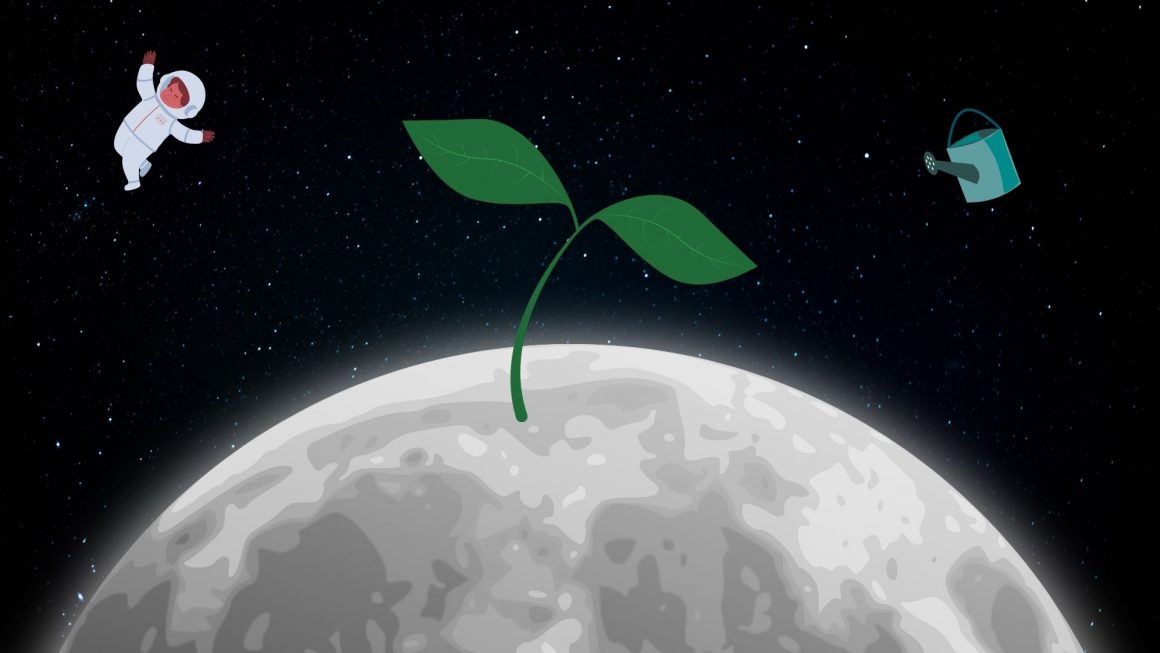
Plants grown using lunar soil for the first time
By Roog Kubur, May 31 2022—
University of Florida scientists have recently been able to successfully grown plants using lunar soil. The plant, Arabidopsis thaliana, known as the thale cress, was placed in samples of lunar surface material, or regolith, collected in the Apollo 11, 12 and 17 missions. The results come from the May 12 publication in the journal of Communications Biology.
Lunar regolith differs greatly from Earth soil. It lacks organic material and contains sharp particles, making it unknown if the plants were able to grow. The plants were planted alongside control samples made of volcanic ash.
About three or four dozen seeds were planted, each allotted one gram of regolith. The plants were then placed in a laboratory with pink LED lights at 23 degrees celcius to simulate lunar conditions.
After a few days of planting, all the seeds began to sprout. At the end of the first week, the plants in regolith started to slow. The plants were stunted in growth and developed red spots.
After 20 days, the plants were then harvested and taken to be further analysed. By examining the RNA sequences, the scientists were able to find that the plants were under different levels of stress depending on where the regolith was collected. The samples that were exposed to harsher conditions, including cosmic radiation and solar wind, caused the plants to be under more stress.
“When we first saw that abundance of green sprouts cast over all of the samples, it took our breath away,” said horticulture sciences professor Anna-Lisa Paul, who was also the co-leader of the study.
Despite their sensitivity, this remains a major development in scientific research. This supports NASA’s long-term goals in human space exploration, pushing the limits of what the Moon’s resources can provide.
“We’ll need to use resources found on the Moon and Mars to develop food sources for future astronauts living and operating in space,” NASA Administrator Bill Nelson said in a press statement.
This research also has applications for Earth, exploring how plants may grow in stressful conditions in food-scarce areas.
The next step in this breakthrough is looking into ways to reduce the negative effects of the regolith.
“Now that we have lunar soil that have been in contact with biology, we can begin to ask the question: how would you and how hard would it be to mitigate any of the adverse reactions that we saw?” said Robert Ferl, assistant vice president for research at the University of Florida.
This experiment was part of NASA’s Apollo Next Generation Analysis Sample — research done to support the organization’s upcoming Artemis mission to the moon’s south pole. This will be the first time humans will return to the moon since the 1972’s Apollo 17 mission. Further information regarding the full scope of the program is available through the NASA website.
